In an era where many American traditions have faded into memory, hunting season remains a cornerstone of life in certain communities across the country. These towns don’t just tolerate hunting — they embrace it as a vital part of their identity, economy, and cultural heritage. While urban areas might view it as an outdated practice, these communities understand that hunting represents far more than a sport.
Here is a list of 15 towns where hunting season is still considered sacred, each maintaining deep traditions that have been passed down through generations.
Cody, Wyoming
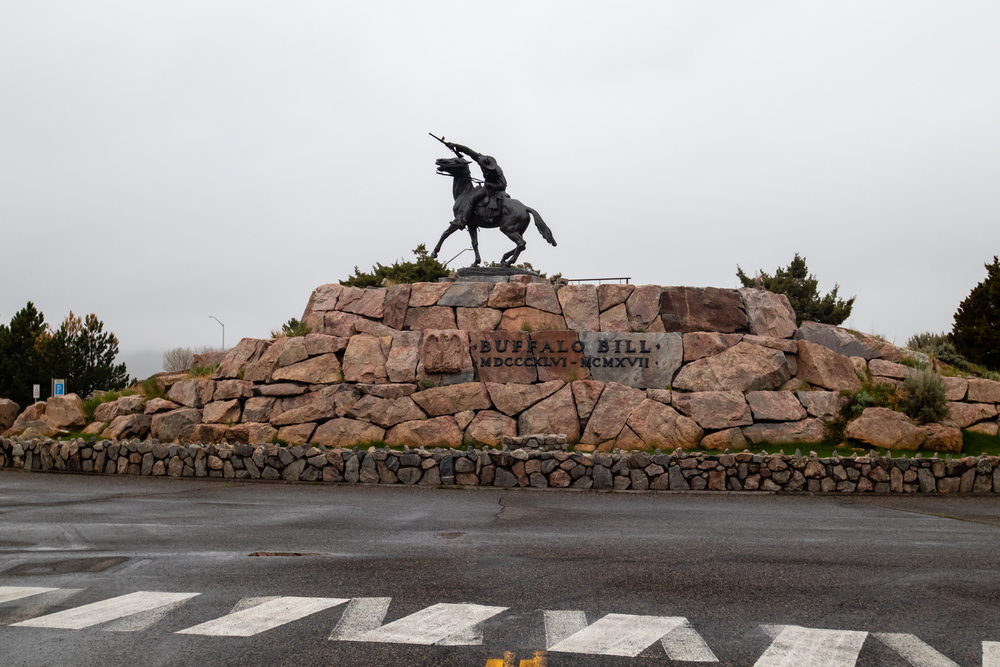
Cody sits at the edge of the Yellowstone ecosystem, where hunting isn’t just recreation — it’s wildlife management in action. The town practically shuts down during elk season, with local businesses adjusting their hours around hunting schedules. Buffalo Bill’s legacy lives on here, and the hunting culture feels authentic rather than manufactured. You’ll find more taxidermists per capita than almost anywhere else in America.
Baudette, Minnesota
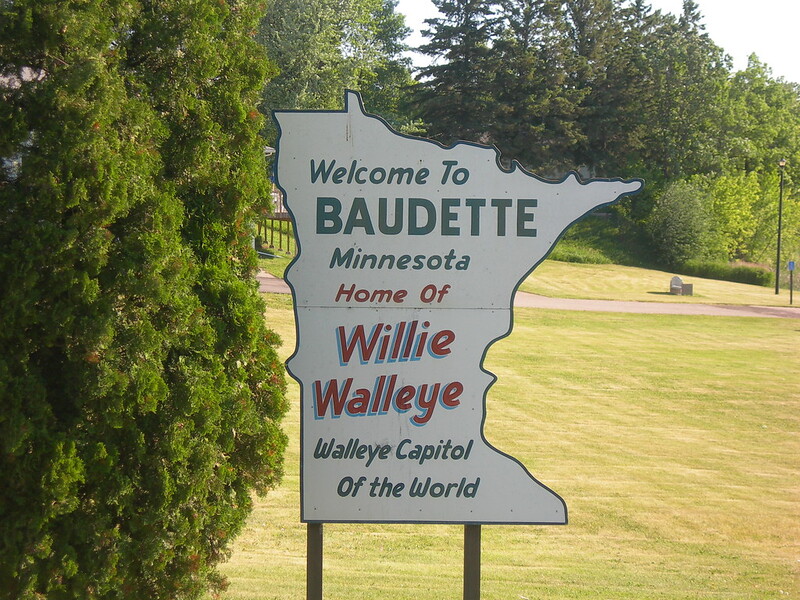
This tiny border town along the Rainy River transforms into a hunting mecca each fall. The entire community revolves around deer season, with schools often closing on opening day because half the teachers would likely call in ‘sick’ anyway. Local cafés serve hunters’ breakfasts at 4 AM, and the town’s economy depends heavily on the influx of hunters from across the Midwest. It’s one of those places where everyone knows everyone, and hunting stories get passed down like family heirlooms.
Nome, Alaska
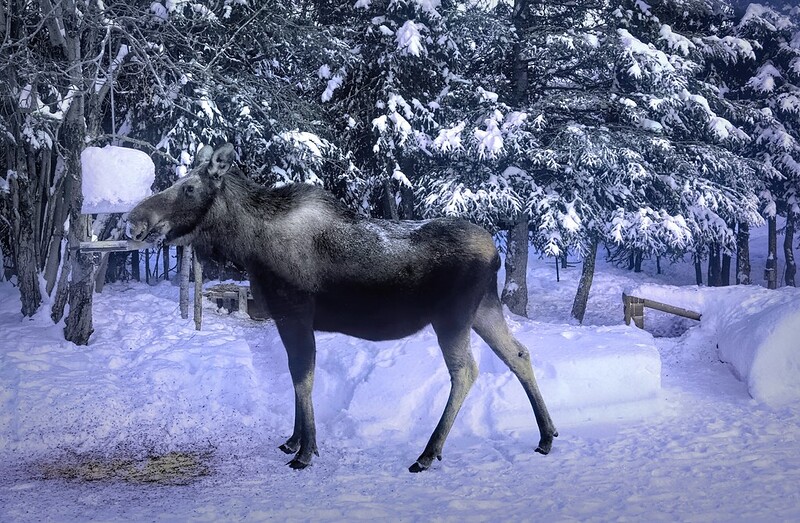
Nome might be famous for the Iditarod, but locals know it as one of the best subsistence hunting areas in Alaska. Caribou, moose, and various bird species provide essential protein for families throughout the harsh winter months. The town’s relationship with hunting is deeply practical — it’s about survival, not trophies. When the caribou migration passes through, the entire community mobilizes to harvest what they need for the year ahead.
Forsyth, Montana
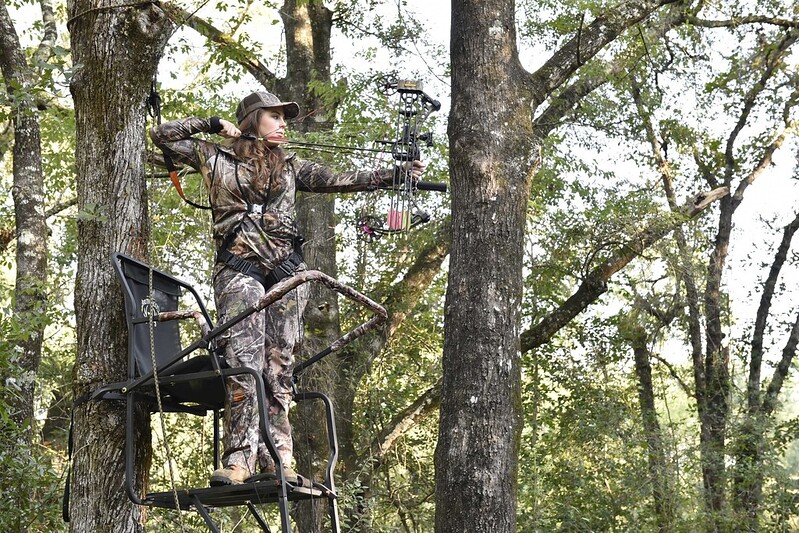
Located along the Yellowstone River, Forsyth has maintained its hunting traditions despite economic changes in the region. The town’s annual deer season brings families together in ways that city folks might find hard to understand. Local ranchers open their lands to hunters they’ve known for decades, creating relationships that span generations. The hunting here isn’t about bragging rights — it’s about filling freezers and maintaining connections to the land.
Mobridge, South Dakota
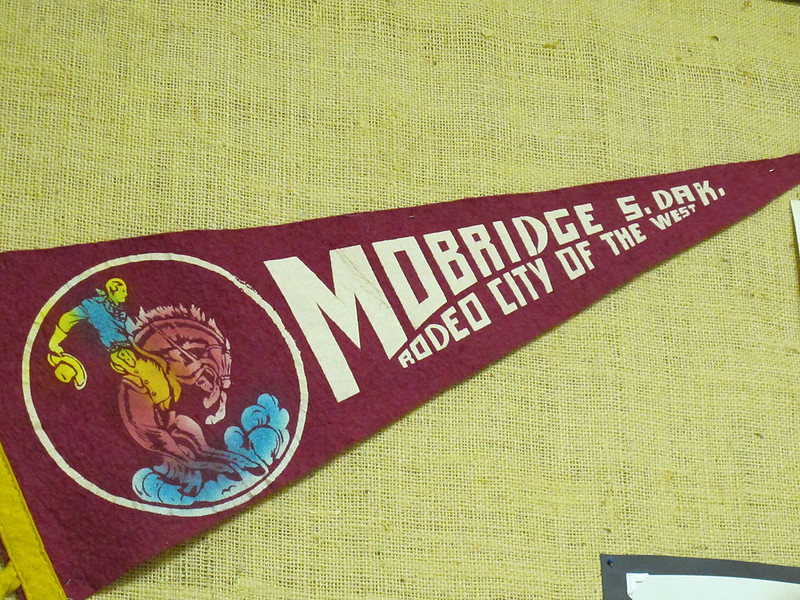
Mobridge sits on the Missouri River, where pheasant hunting reaches almost mythical status. The town’s economy revolves around hunting season, with motels booking up a year in advance. Local guides have been working the same fields for decades, and they know every cover and draw like the back of their hand. The pheasant hunting here is so legendary that hunters make pilgrimages from across the country.
Rifle, Colorado
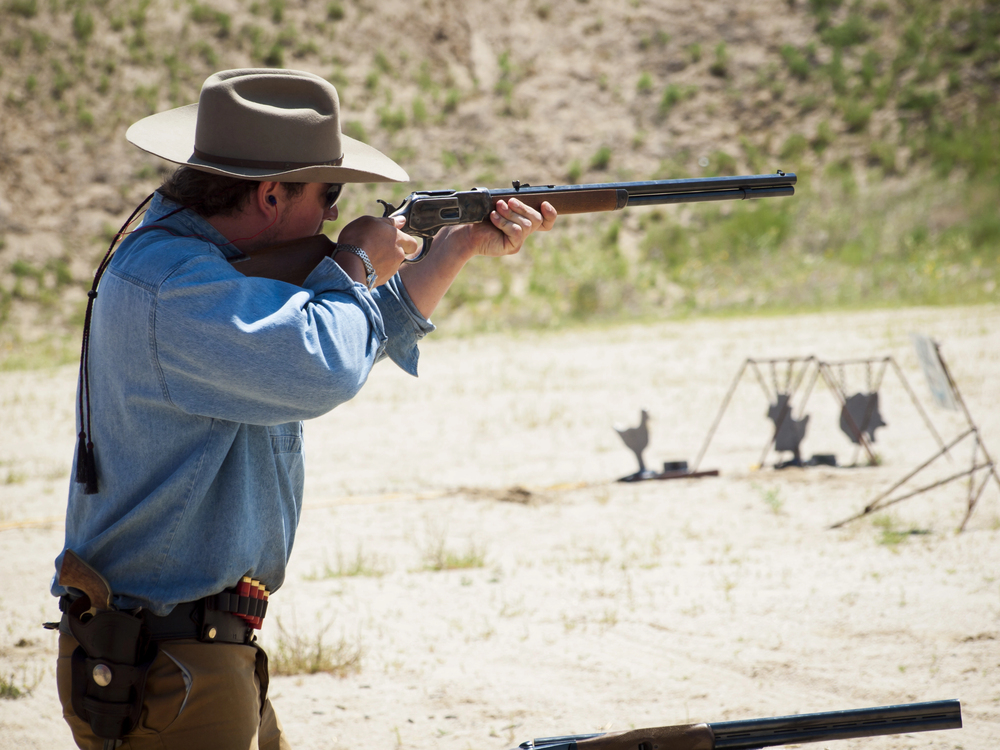
Despite its name, Rifle wasn’t named after the weapon, but the town has certainly embraced hunting culture. Nestled in the Colorado Rockies, it serves as a gateway to some of the best elk hunting in the state. The local high school even adjusts its schedule around hunting season, understanding that many students will be out with their families. It’s a place where hunting licenses are as common as driver’s licenses.
Lewistown, Montana
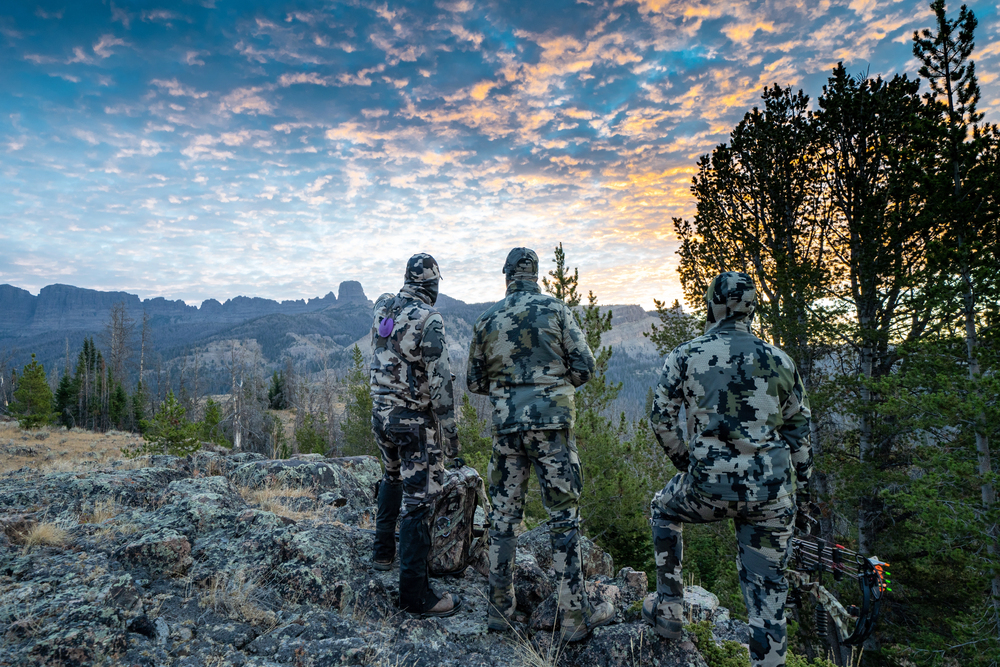
Lewistown calls itself the ‘Geographic Center of Montana,’ and it’s also the center of the state’s hunting culture. The town sits surrounded by public lands that offer incredible opportunities for deer, elk, and antelope hunting. Local businesses thrive during hunting season, and the community takes pride in teaching young hunters the ethics and traditions of the sport. The hunting here isn’t just about the harvest — it’s about understanding wildlife and respecting the landscape.
Fairbanks, Alaska
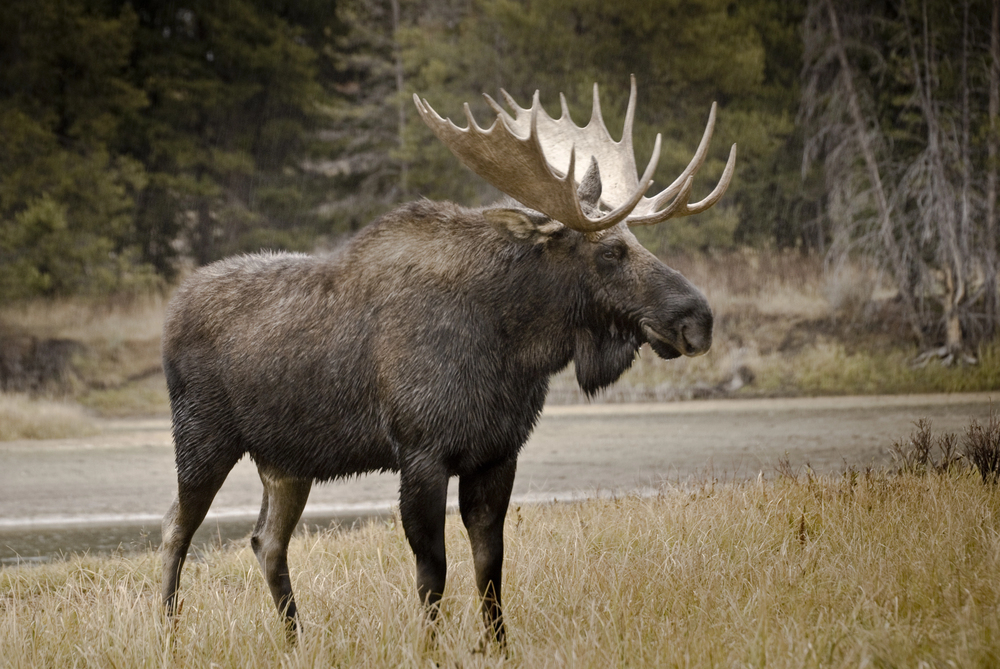
Fairbanks might be Alaska’s second-largest city, but it maintains a strong hunting tradition that urban areas typically lose. Moose hunting is practically a civic duty here, with successful hunters often sharing their harvest with elders and families in need. The city’s location provides access to some of Alaska’s best hunting grounds, and local knowledge gets passed down through generations of hunters who understand the land’s rhythms.
Dillon, Montana
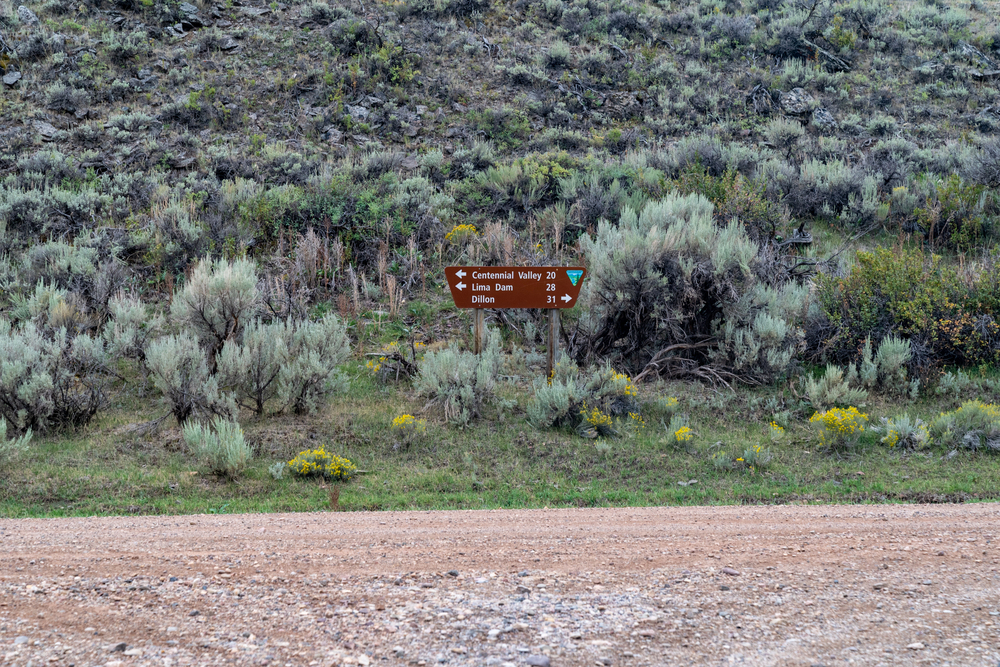
— Photo by mkopka
Dillon sits in the heart of Big Sky Country, where hunting season shapes the entire community’s calendar. The town’s relationship with hunting goes beyond recreation — it’s about maintaining a connection to the land that their ancestors worked. Local outfitters have been guiding hunters for decades, and the same families return year after year. The hunting culture here feels timeless, unchanged by modern pressures.
Valentine, Nebraska
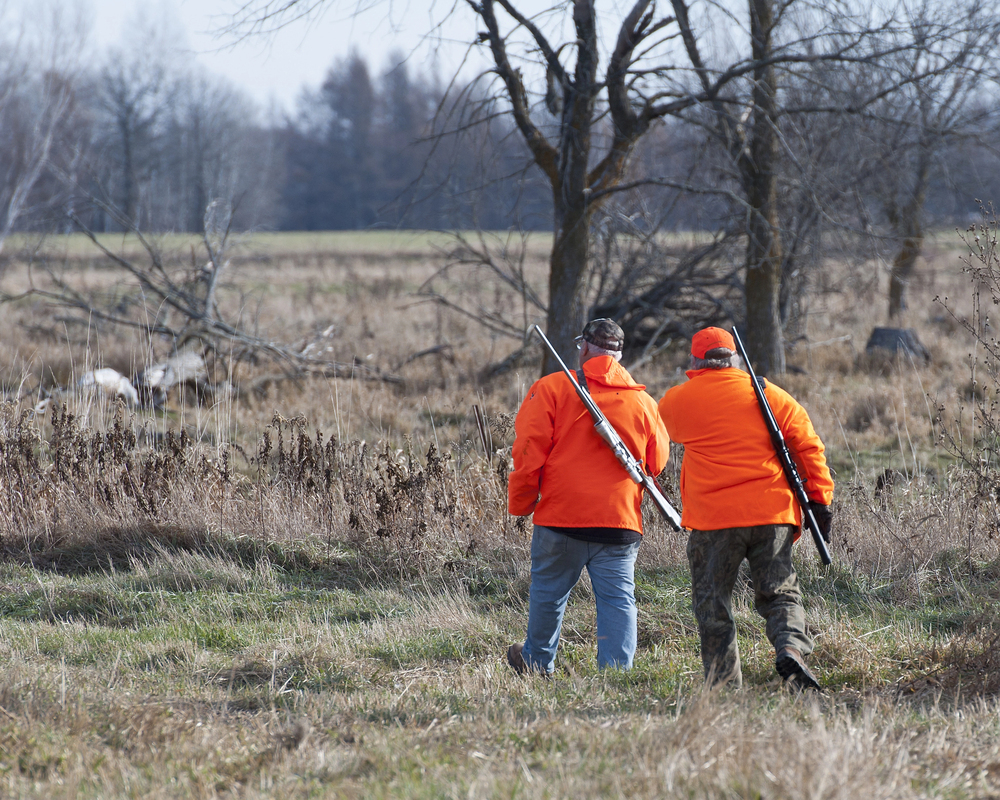
Valentine serves as the gateway to the Sandhills, where hunting traditions run as deep as the underground aquifer. The town’s economy depends heavily on the hunting season, with local businesses catering to hunters from across the region. Deer and turkey hunting are particularly popular, and the community takes pride in its conservation efforts. It’s a place where hunting and environmental stewardship go hand in hand.
Glasgow, Montana
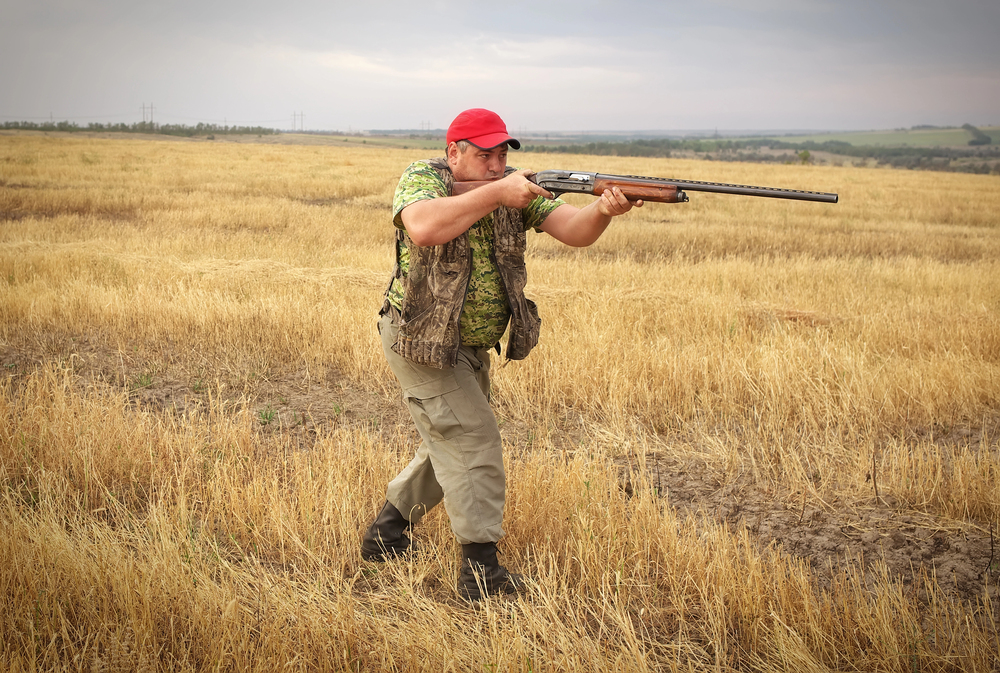
Glasgow might be small, but its hunting reputation is enormous. The town sits in prime waterfowl habitat, and duck hunting here is legendary among those in the know. Local guides have been working the same potholes and grain fields for generations, and they understand waterfowl behavior like few others. The hunting season brings the community together in ways that outsiders might find surprising.
Glendive, Montana
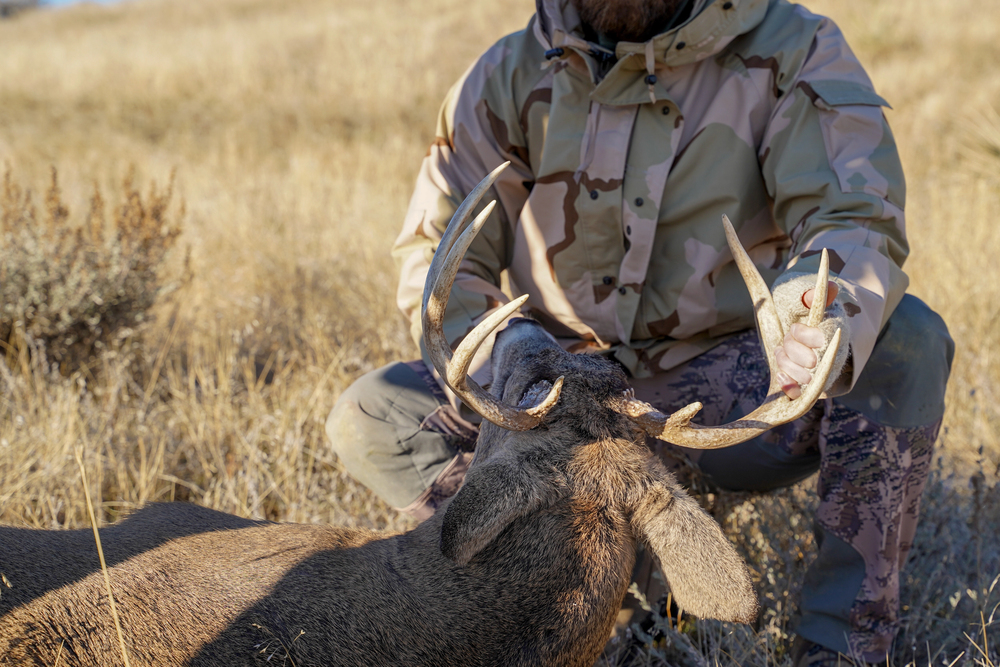
Glendive sits along the Yellowstone River, where hunting season is treated with the reverence that other towns reserve for religious holidays. The community’s relationship with hunting is deeply practical — it’s about putting food on the table and maintaining skills that have been essential for survival. Local taxidermists stay busy year-round, and hunting stories are the currency of social interaction.
Kalispell, Montana
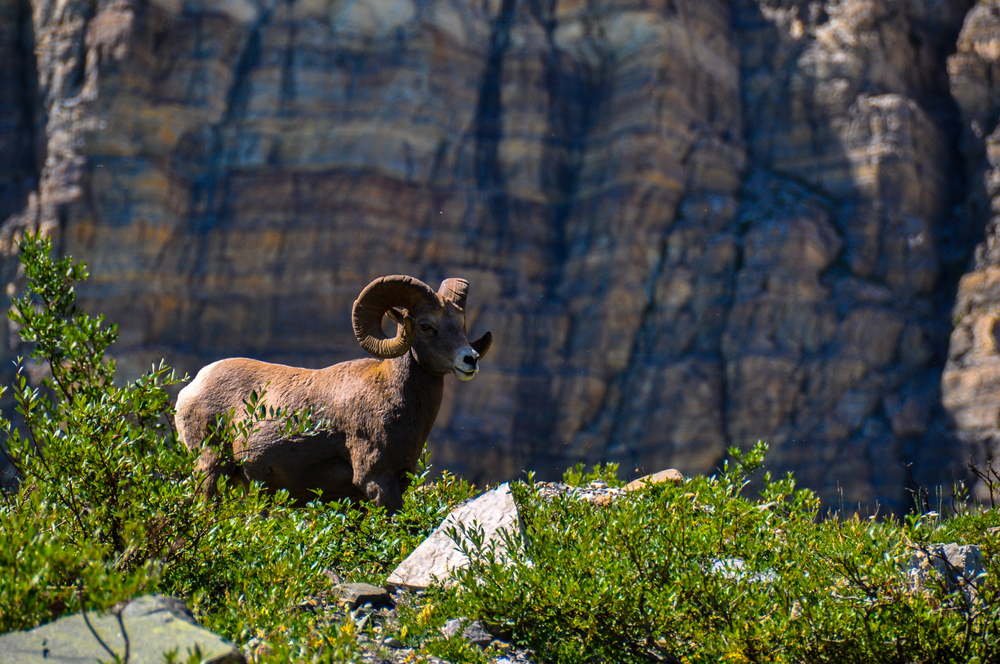
Kalispell serves as a gateway to Glacier National Park, but locals know it as prime hunting territory. The town’s hunting culture is sophisticated, with hunters who understand wildlife biology and habitat management. Local sporting goods stores are institutions, and the knowledge of longtime employees rivals that of university professors. The hunting here isn’t just about tradition — it’s about science and conservation.
Sheridan, Wyoming
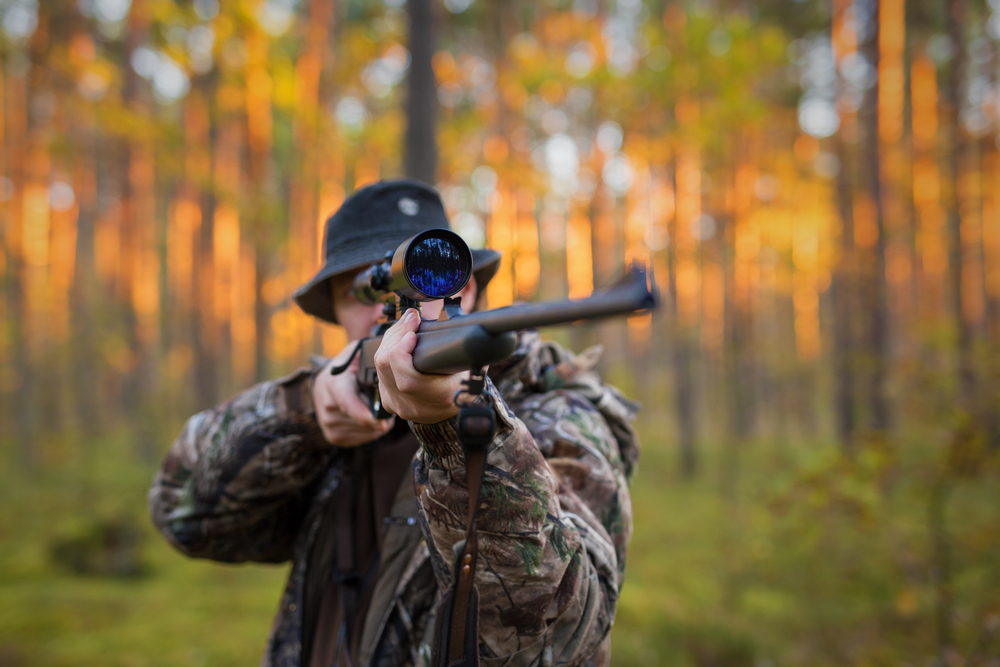
Sheridan combines Western tradition with modern hunting practices in ways that work beautifully. The town’s location provides access to multiple hunting zones, and local outfitters have built reputations that span decades. The hunting culture here is refined, with hunters who appreciate quality gear and ethical practices. It’s a place where hunting is both art and science.
Miles City, Montana
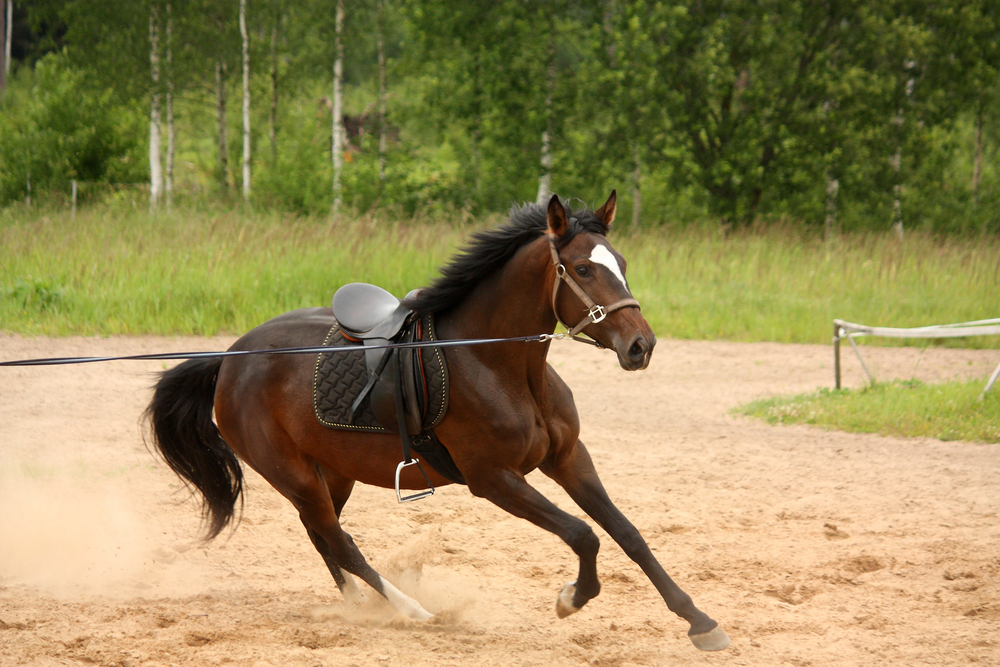
Miles City hosts the famous Bucking Horse Sale, but locals know it as a serious hunting town. The community’s relationship with hunting is practical and unpretentious — it’s about feeding families and maintaining skills that connect them to the land. Local cafés serve hunters’ breakfasts before dawn, and the town’s rhythm changes completely during hunting season. The hunting here isn’t about show — it’s about substance.
Where Tradition Meets Tomorrow
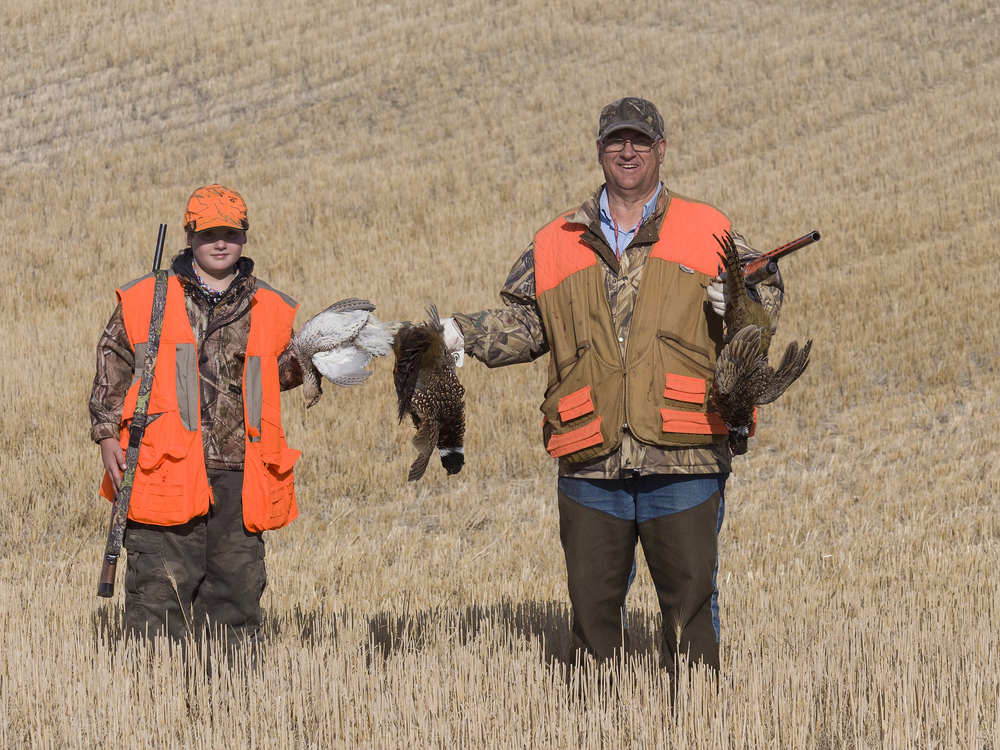
These towns represent something increasingly rare in modern America — communities where traditional skills and values haven’t been abandoned for convenience. Their hunting cultures provide more than recreation; they offer connection to the land, understanding of wildlife, and bonds between generations that city life often lacks. As America continues to urbanize, these communities serve as keepers of knowledge and traditions that have sustained people for centuries. They remind us that some things are worth preserving, even when the world around them changes at breakneck speed.
More from Travel Pug

- 20 Best Beach Towns in the Carolinas
- 13 Destinations Where Tourists Regularly Regret Their Trip
- 20 Things You Actually Get in First Class
- 20 Small Airports With Aviation Museums
- 20 Places in the U.S. That Are Perfect for a Reset Trip
Like Travel Pug’s content? Follow us on MSN.
